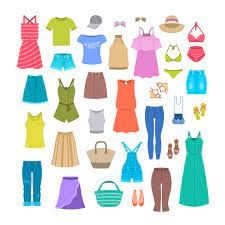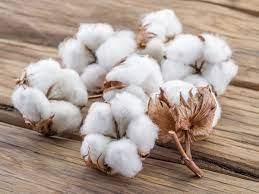Class 2 EVS Clothes we wear - CBSE Worksheets

Q1: Match the Following.
 Q2: True and False.
Q2: True and False.
(ii) Early men used animal skins and leaves to cover their bodies.
(iii) Clothes made from wool can keep us warm.
(iv) Clothes make us look smart.
(v) Cotton clothes are worn in winter.
Q3: Fill in the Blanks.
(i) Plastic and ______ are used to make raincoats.(ii) ______ is a fibre.
(iii) Sheep give us ______.
(iv) Cotton clothes keep the body ______.

Q4: Choose the correct option.
(i) Colourful/Long/Traditional dresses are worn by people in different states.
(ii) A coat/handkerchief/saree is made of wool.
(iii) Cotton clothes absorb sweat/heat/water.
(iv) The dress worn at work and school is known as a regular dress/uniform/saree.
(v) Silk sarees have made Bangladesh/India/Pakistan famous.
Q5: Answer the Questions.
(i) What do you know about cotton?(ii) Why are uniforms important?
(iii) Name some materials that are used for making bags.
(iv) How are silk clothes different from raincoats?
The solutions of the worksheet "Clothes We Wear - 1"
|
23 videos|101 docs|30 tests
|
FAQs on Class 2 EVS Clothes we wear - CBSE Worksheets
| 1. What are some common types of clothing we wear every day? |  |
| 2. How do clothing styles vary across different cultures? |  |
| 3. What materials are commonly used in making clothes? |  |
| 4. How can I choose the right clothes for different occasions? |  |
| 5. What are some tips for taking care of our clothes? |  |

|
Explore Courses for Class 2 exam
|

|












